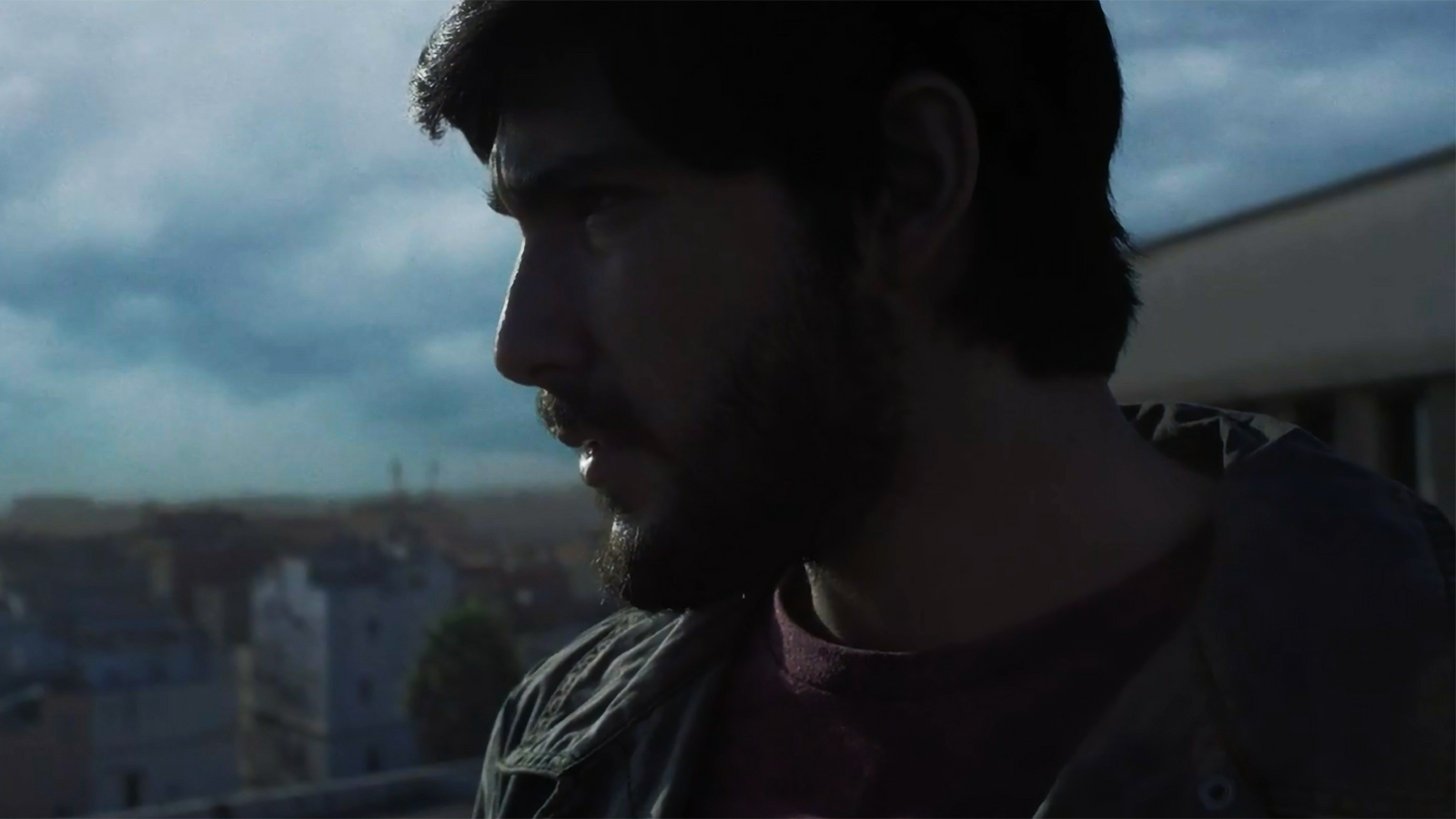The CIA had a problem.
Not a life-or-death problem, or a traitor-in-their-midst problem, but a battery problem. At least, the agency’s tech division wanted to hire a person who was “one of the best battery folks in the country,” but couldn’t because of an on-going technical-bureaucratic obstacle: patents.
See, the prospective hire held more than 60 patents already, but if he joined the agency, he would’ve had to give up his intellectual property.
“We could do secret patents,” said Dawn Meyerricks, CIA Deputy Director for Science and Technology (DS&T), “but I almost think they’re not real patents, because they don’t get published. You can’t license them. Goes into the same place the Ark of the Covenant does.”
The U.S. Patent Office currently lists nearly 6,000 patents that are under secrecy orders, according to the Federation of American Scientists, with 45 new ones this year, mostly ordered by the Navy. Twenty-one private inventors had their inventions covered by some of the orders in the last fiscal year — meaning they basically can’t do anything with them, according to a 2013 WIRED report.
That, Meyerricks said in the latest Iron Butterfly podcast, was making it hard for the CIA to recruit engineers and inventors. There was another nagging problem: an inability to respond quickly bring in outside experts, even for short bursts, to help the CIA respond to urgent technological questions.
To solve those problems, the CIA came up with a new entity altogether: CIA Labs, what the agency called its first federal laboratory “and in-house research and development arm for CIA to drive science and technology breakthroughs for tomorrow’s intelligence challenges.” The “research areas” include everything from “advanced materials” to “blockchain-enabled technologies” to “quantum computing.”
When the new lab was announced in September, the agency made a point to say that the “federal lab mechanism… enables offices to obtain patents and licenses for intellectual property they develop while working at the Agency…”
In her interview with Iron Butterfly, Meyerricks broke down how that would work. She said if a researcher working for CIA Labs comes up with an invention to patent, they would receive up to 15 percent of licensing revenue, up to $150,000 per year.
But the CIA gets the rest — part of Meyerricks’ hope that it will make her department’s research and development office, the budget for which she said was “small,” become totally self-funded. Meyerricks said that though it’s only a few months old, CIA Labs workers already have three conditional patents.
“I only see upsides in what we can do with this,” she said.
CIA Labs follows in the footsteps of the CIA’s earlier investment in outside tech in the form of In-Q-Tel, a CIA-founded venture capital firm that aims to help fund private technology companies whose inventions had national security implications. (The idea for In-Q-Tel, coincidentally, came from the CIA’s then-deputy director for DS&T, the same position Meyerricks now holds.)
PRIMARY SOURCE: Listen to Dawn Meyerricks’ Interview (Iron Butterfly)
MORE: Information on Secret Patents (American Federation of Scientists)
MORE: CIA Labs: Who We Are (CIA.gov)
[Like what you see and read on Code and Dagger? Become a Patreon and help keep the lights on. Do you have a tip or question? Reach out at CodeAndDagger@protonmail.com.]











